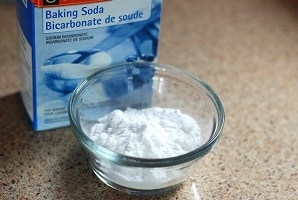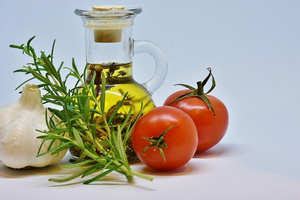Cooking and Preserving Techniques for Italian Food
When you think about cooking and preserving techniques, you may picture a situation where all of the foods are picked, stored, and then cooked at one temperature or another. Food that has been picked, chopped up, and then sauteed or stewed in some other way does not pass muster as healthy food. Home cooking and pickling are two different ways to make use of this process. Of course there is the pickling of fruits and vegetables as well, but those items must be prepared ahead of time, cooked, and then stored away. When you make use of cooking and preserving techniques for preparing healthy food at home, you can save a good deal of money on your grocery bill, and you can use the extra money you earn to buy some fine foods and cook them up well.
Coconut Oil For Marinades and Preserving
A perfect example of preserving techniques used by Indian cuisine is the use of coconut oil for marinades and stir fries. This agent of emulsification is so excellent that it cuts through many of the compounds that give sauces or soups their flavor. The best marinades and stir fries are made with pure coconut oil. If you don’t want to buy coconut oil, just use canola oil instead, or any other cooking oil.
Homemade Tomato Sauce From Scratch
Some of the more popular preserving techniques for Italian and other regional cuisines include making homemade tomato sauce from scratch, using garlic to flavour sauces (though not much), and pickling certain vegetables at the last moment to preserve their flavour. Tomatoes are perhaps the most commonly used vegetable in this category, though there are many others that could be used successfully. You could make a tomato paste that could be used in a variety of Italian recipes, or even make a delicious sauce from scratch with roasted tomatoes and fresh herbs: just keep in mind that the acidity level should be suitable for making your stomach feel good, not acidic.
A wonderful idea for preserving food is to take a family farm up north and let them grow their own vegetables on the land. This is a great way to get your family involved in the preservation of local food. Even if you do not have a garden, growing your own vegetables is very easy, and once you get the basic garden equipment out of the way, it’s very cheap to maintain. Growing your own greens is a very friendly way to help the environment, and gives you a fulfilling sense of responsibility when you look at your vegetables coming from the soil – if you take pride in your gardening, then that is another great reason to get involved!
For instance, one of the most common preserving techniques for Italian cuisine is using olive oil to cook pasta. It’s very simple to do, and works well with a range of different vegetables. All you need to do is find a good quality olive oil either from your local market or online; and get hold of some linguine, which is an Italian vegetable dish made with meat and egg. Combine the egg and oil in a pan and cook it over a low heat until the egg white starts to set. Leave it in the pan to cool slightly, then use a wire rack to keep it from getting overcooked (you can also toast the garlic, but I’ve never bothered) and slice into thick ribbons.
Rinsing With Vinegar
Another great technique for preserving Italian vegetables is rinsing with vinegar. You can do this with just about any kind of Italian vegetable, though I find that tomatoes fare best. Get a good quality pressure canner out, preferably a pressure canner that comes with a starter plate so that you can add whatever vegetables you are planning to season first before putting the channel full of food in. Wash your tomatoes before adding them to the pressure canner, then put them in the canner along with any other ingredients such as herbs, cheese, salt, pepper, etc. Follow the instructions on the banner to carefully put in the tomato pulp, then put them in a single layer on top of the other ingredients and seal the lid tightly.
Pickling Tomatoes
Pickling tomatoes is another great way to make sure that you’re able to enjoy your Italian food long past the night before your meal is due to be eaten. This is especially handy for things like spaghetti and meatballs, or meatballs and ziti, and also works well for things like tomato basil sausage and ziti bisque. You can even pickle garlic and onions, which make for an easy to make herb butter for any number of dishes. Pickling your tomatoes in vinegar is easy and cheap, and is especially nice because you can add as little or as much vinegar as you want to make a truly unique flavor for your food.
Chutney
Last but not least, another great cooking and preserving techniques for Italian food are chutney. Chutneys are like Italian herbs: they’re low calorie, high in flavor, and healthy, too. For example, my dad loves chutney made with ginger and lemon juice, which he prepares by simply dropping strips of ginger into a glass of water over low heat and leaving it to cool. The resulting drink is a light and healthy tea, and is a perfect fit for a cold winter day, a picnic, or a dinner party. A simple chutney recipe is one of the easiest and most economical ways to incorporate a flavorful herbal dressing into your favorite foods, and it’s something that virtually everyone can do, too.




